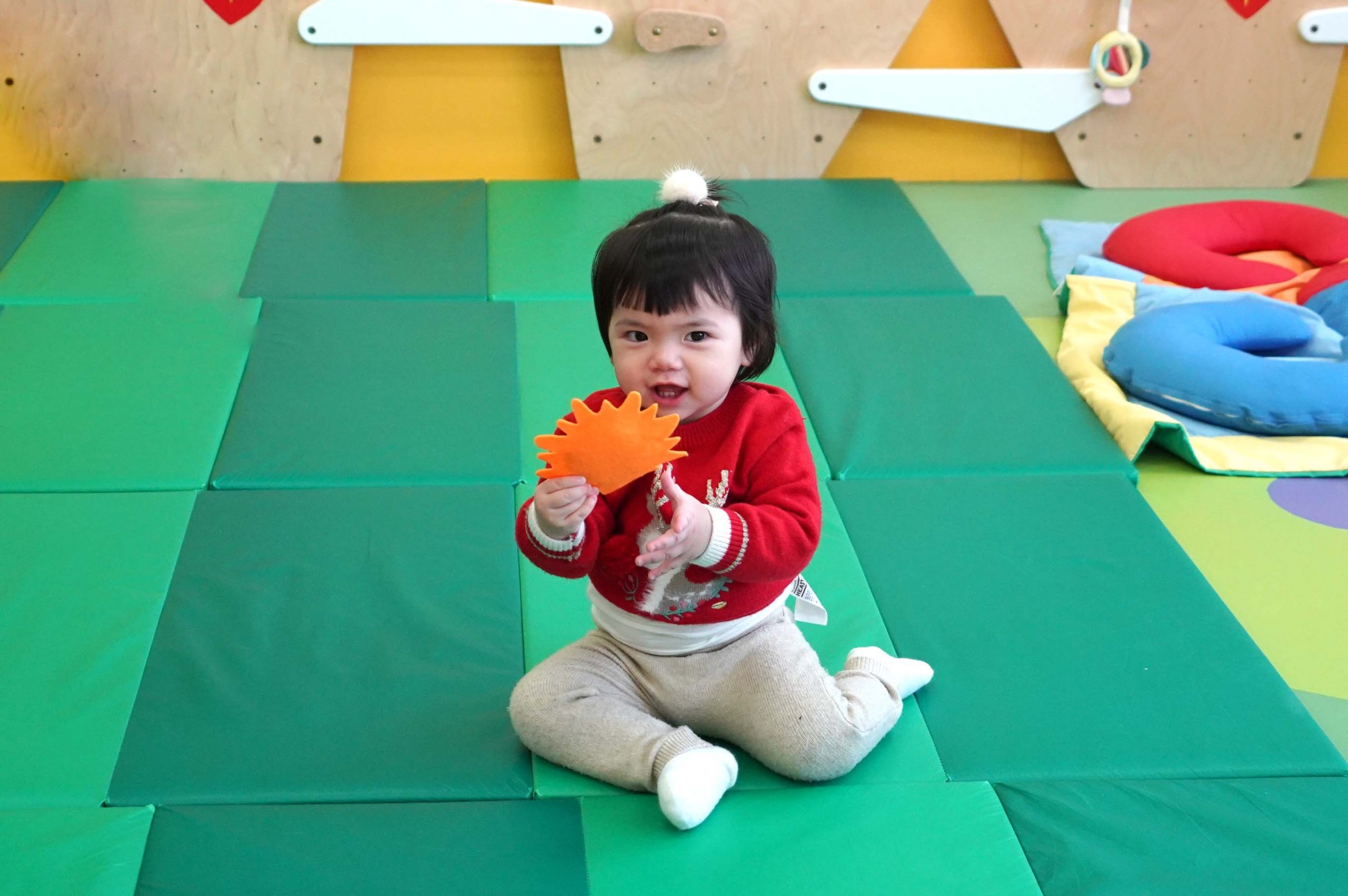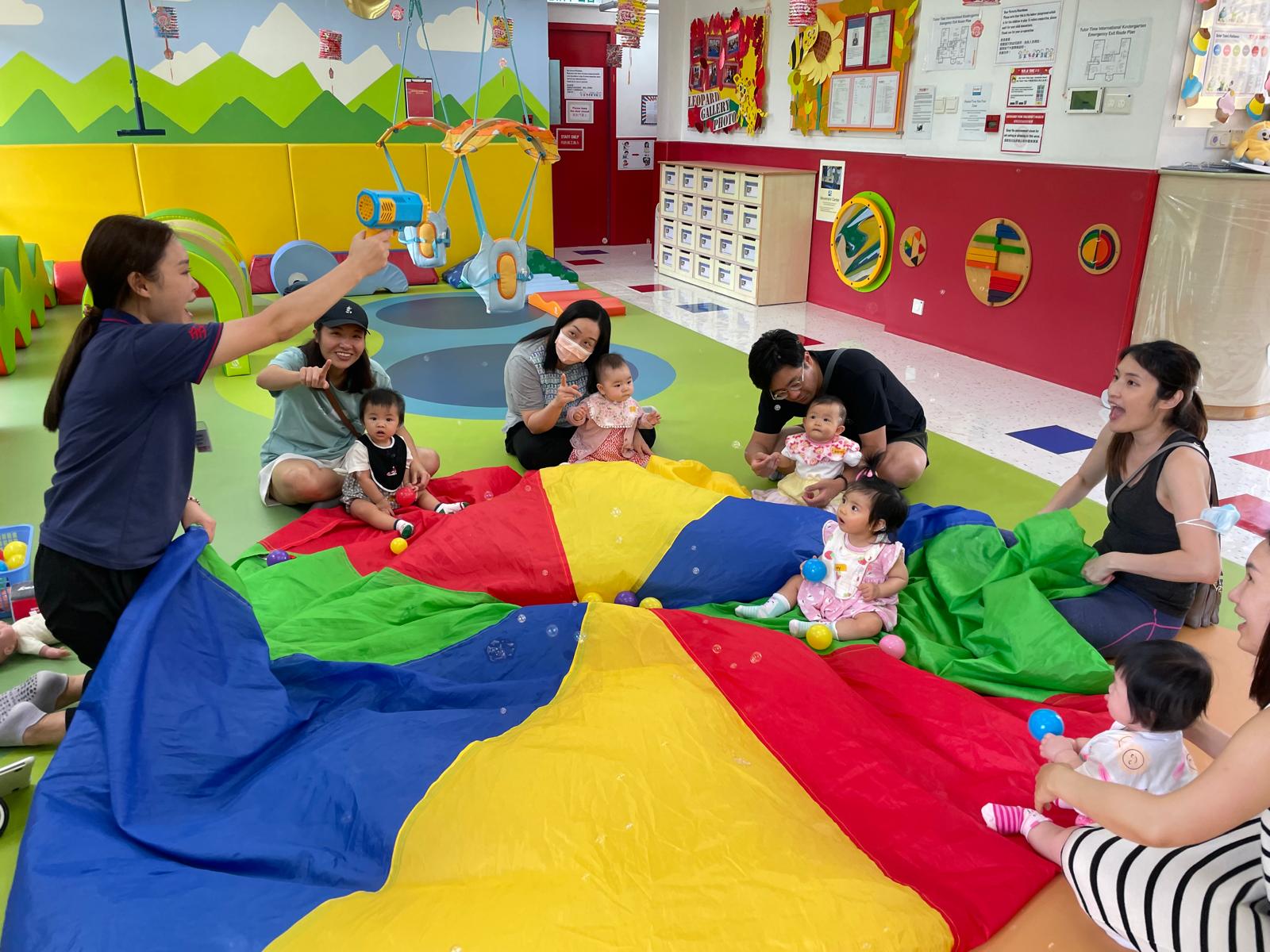Remember the smile that you saw when you changed your baby’s diaper? You might be wondering, “Is this real happiness or just a reflex?” Interpreting a newborn’s emotions can be difficult, especially in the first two months, when newborns express their needs mainly through their cries. This article will help you read your baby’s emotional cues, from “real smiles” to scent recognition, to help you understand your baby’s signs of “happiness”, and help your baby build a secure attachment.
How important is it to understand your baby’s happiness signs?
Recognizing your baby’s emotional cues can have long-term benefits for both you and your baby beyond just knowing when they feel happy.
Creating a secure attachment in the long-run
When you are able to accurately interpret your baby’s emotions, you can also respond in more appropriate ways.
For example, sometimes your baby will open their mouth to ‘smell’ you. You know that this is a cue that they are conveying their intimacy and trust, and in response you give them a kiss and hug. Over a period of time, your baby will learn to believe that you are a nurturing and responsive person – this forms the foundation of a secure attachment.
Read more: Baby attachment theory – Understanding the 4 attachment styles
Boost your parenting confidence
If you can recognize your baby’s happiness, it can actually relieve you of a lot of unnecessary worries and give you a boost of confidence that you’re doing alright!
For example, when you hear your baby making cooing sounds, if you interpret that as discomfort, you might worry: “Is my child not comfortable?” In reality, cooing is a natural vocalization that babies make to communicate contentment, while practicing using their vocal cords.
Insight into Development
Just as we record the height and weight of babies to observe their physical development, their mood and emotions are also indicators of growth. Tracking these emotional signals in babies gives us insight into their emotional and cognitive development.
For example, when babies look at your face and make eye contact, it’s not only a sign of trust and connection, it’s also a good indicator of healthy visual development.
The 5 signs that your baby is telling you “I’m happy”
The “Real” Smile
Signs: Eyes slightly squint like crescent moons, cheeks lifted and puffed up, lips relaxed.
Meaning: Unlike reflexive newborn smiles, these intentional smiles emerge around 2-4 months as your baby develops facial muscle control and emotional awareness. These smiles are usually in response to interacting with people—an important milestone in social-emotional development.
Calm, attentive eye contact
Signs: Holds eye contact for 3-7 seconds during interactions such as feeding or playing, often accompanied by calm body movements.
Meaning: A sign of trust and security. Research shows babies use eye contact to bond emotionally, releasing oxytocin (‘the love hormone’) to strengthen secure attachment.
Cooing and babbling
Signs: Soft, melodic coos (“ah,” “ooo”, “eee”) or repeated babbling (“ba-ba, “da-da”)
Meaning: These vocalizations reflect your baby’s comfort and contentment, and signal that they feel safe. They are also an important part of your baby’s language development. You can mirror their sounds back as if you’re having a conversation.
Read more: Understanding baby language development milestones
Scent recognition
Signs: Opens mouth wide when near caregivers, sometimes with gentle, rhythmic sniffing
Meaning: Bonding through pheromones. Research has shown that babies recognize their mother’s scent within days of birth. This instinctive reaction activates the brain’s reward system, fostering a secure attachment between mother and child.
Quick self-soothing
Signs: After feeling fussy or distressed, your baby can stop crying within 90 seconds of comfort, accompanied by other relaxed cues like unclenched fists, cooing etc.
Meaning: This indicates emotional security and likely a secure attachment. This rapid recovery shows your baby’s budding self-soothing skills, as well as their sense of safety and security around their caregivers.
Signs to seek professional guidance
All babies follow their own developmental path, but there are some red flags that parents should be aware of when it comes to their early development. Consult a professional if your baby:
- Shows no “real” smiles by 4 months of age when interacting with others.
- Avoids eye contact during interactions, or has trouble focusing their eyes by 4 to 6 months of age.
- Is very quiet or unresponsive during interactions (e.g., no vocalizations by 4 months of age)
- Cries for prolonged periods of time after 4 months of age. Colic usually resolves itself before then, so it may be an indication of other issues.
Conclusion
Decoding your baby’s emotions is not only to know if they are content or not. It also helps you foster a closer bond with your baby, while building a secure attachment. Typically, as long as you’re not seeing ‘red flags’ in your baby’s development, and you’re responding to their needs, you shouldn’t have to worry too much about their happiness.
Read more: More parenting and development resources at Kidsworld Parent Hub

